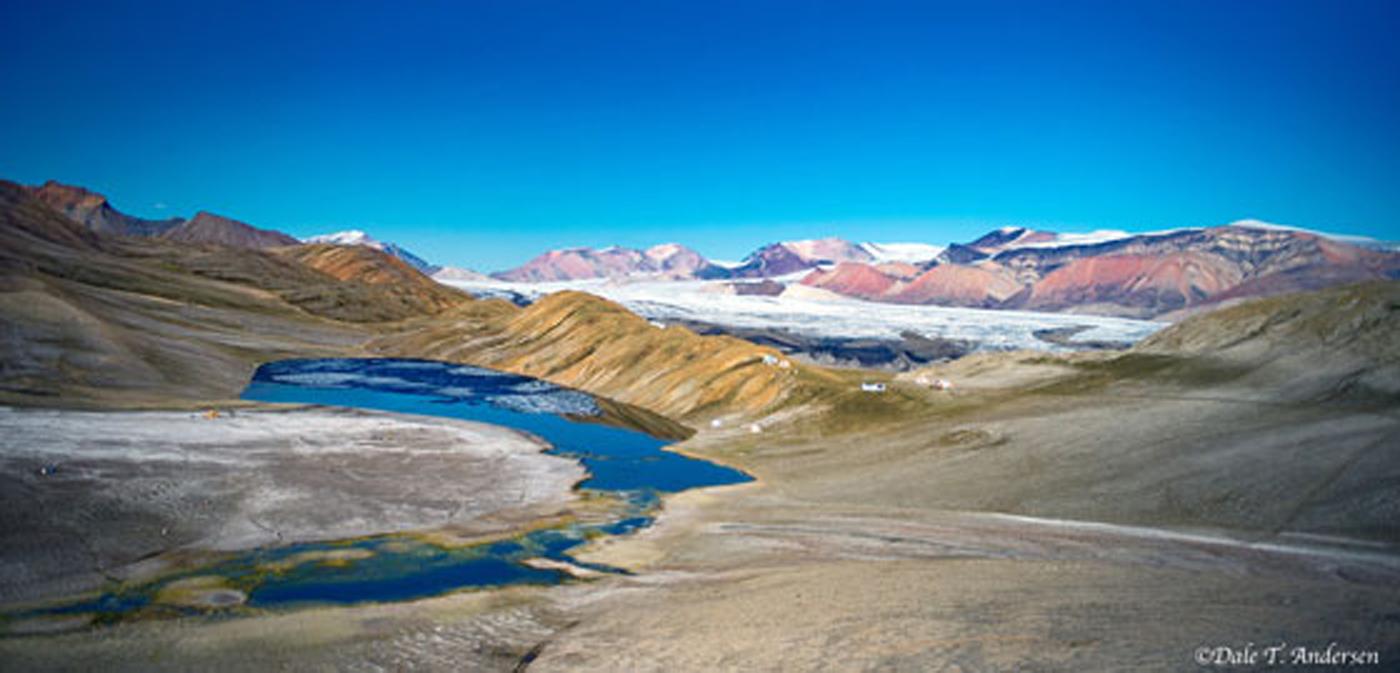
Dale Andersen is a Senior Scientist at the SETI Institute whose field research takes him to extreme environments, such as the Arctic, Antarctic, the desert in Chile, and Siberia. He has made thousands of dives into deep, thickly frozen lakes – places it was thought there was not enough light to allow photosynthesis. And yet he has discovered microbial life similar to what might have existed on other parts of Earth billions of years ago, giving us a window into ancient Earth, and possibly, ancient Mars.
Over the years, Dale’s work has involved including students, from undergraduates to post-doctoral, in his field research. Recently NASA announced their newest class of astronaut candidates, one of whom, Zena Cardman, began working with Dale as an undergraduate student at Pavilion Lake in British Columbia in 2008. In addition to working on her PhD at Penn State, Zena will be learning to fly T38 jets, speak Russian and walk in space.
Dale was recently working at the McGill Arctic Research Station in Nanavut, Canada and is currently at the Eureka research base on Ellesmere Island.
- Daily Press: Earth’s Oldest Biosphere Still Draws Interest
 Poetry and Meteor Showers
Poetry and Meteor ShowersEach year the New York Times (NYT) celebrates with a Found Poem contest. A found poem uses words and phrases found in another text – for purposes of this contest, words and phrases found in articles from the NYT.
One of this year’s winners, Julianne Yu, based her poem, Naïve, in part, on an article featuring the work of SETI Institute scientist Peter Jenniskens. The article focused on an animation created by Peter that shows how warped meteor showers hit Earth at all angles.
Peter, who leads the Cameras for Allsky Meteor Surveillance (CAMS) program, build the animation using data from CAMS’ network of cameras pointed at the sky above San Francisco.
- New York Times: Found Poem Favorite ‘Naïve’
- New York Times: Visualizing the Cosmic Streams That Spew Meteor Showers
- SETI.org: Warped Meteor Showers Hit Earth at all Angles
Spacecraft are built in clean rooms. Clean rooms are designed to be environments that would be inhospitable to microbial life – harsh, dry, low nutrition. The reason clean rooms are used is to prevent any life forms from hitching a ride into space or to other planets. But, because microbial life is so abundant, it’s impossible for a clean room to be totally free of microbes. The microorganisms that can survive in clean room conditions need to be identified – should they survive the clean room, the trip to space, and the return to Earth it’s important to know about them in advance so they are not mistaken for extraterrestrial life.
According to SETI Institute senior scientist John Rummel, "At the same time as researchers are keeping the clean rooms clean, by not completely sterilizing them, we end up selecting for microbes that can deal with increasingly higher levels of contamination control methods," Rummel said. "It is a race, albeit a very sparse one, with smaller numbers of microbes, but tougher ones."
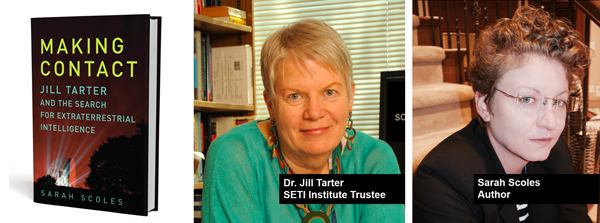 Jill Tarter: SETI Pioneer, Role Model, Her Life in Film and Books
Jill Tarter: SETI Pioneer, Role Model, Her Life in Film and BooksEvery summer the SETI Institute hosts a number of students through its Research Experience for Undergraduates (REU) program, which is funded by the National Science Foundation (NSF). Students are paired with mentor scientists to work with them on projects that span the fields of astrobiology, microbiology, planetary geology, observational astronomy and more.
Jill Tarter is a pioneer in SETI research, a woman scientist who came into the field at a time when it was not common or widely well-received, the inspiration for the character of Ellie Arroway in Carl Sagan’s novel Contact, and the movie based on the book, and now, the subject of a new book, Making Contact, by Sarah Scoles. Jill currently holds the Bernard M. Oliver Chair at the SETI Institute and was, and is, instrumental to bringing about the SETI Institute’s Allen Telescope Array (ATA).
While a fan of the film Contact, Jill recently pointed out some factual inaccuracies in a talk. “It’s a really good movie,” she said, “but it wasn’t perfect.”
Meanwhile, a new book by Sarah Scoles, Making Contact, has just been released, and chronicles Jill’s work and passion.
- SETI.org: The Biography of SETI Pioneer Jill Tarter, Making Contact: Jill Tarter and the Search for Extraterrestrial Intelligence is Released
- Popular Science: How Jill Tarter Helped Bring SETI’s Alien-Seeking Allen Telescope Array to Live (Excerpt: Making Contact)
- Wired: Jill Tarter Never Found Aliens – But Her Successors Might
- Record Searchlight: Astronomer Jill Tarter from SETI to Visit Redding Library
- Record Searchlight: Astronomer Gives Insights into SETI Film ‘Contact’
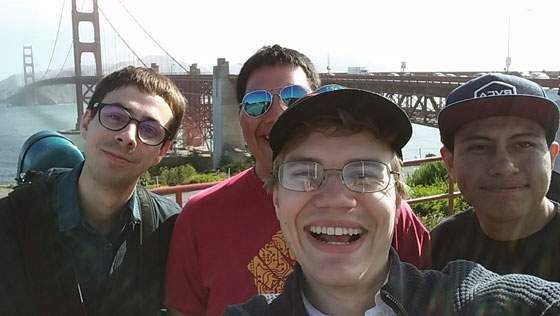 Research Experience for Undergraduates at the SETI Institute for the Summer
Research Experience for Undergraduates at the SETI Institute for the SummerThe class of 2017 is the SETI Institute’s 12th year of participating in the program, with the students arriving at the SETI Institute on June 19. One of this year’s students, Jose Barrios, has been blogging about the experience. “We are combing through tons of data received by the Allen Telescope Array (ATA) to find some kind of Extraterrestrial (ET) signal,” said Jose. “It’s super awesome/weird to say that I am looking for aliens but it’s what I am doing here. The program my mentor asked me to write is trying to reduce the number of data points from our autocorrelation files to something that Excel can handle.”
- CAMPARE/Cal-Bridge Astroblog: Two and a Half Weeks at the SETI Institute
 Roswell Turns 70
Roswell Turns 70July 8 marked the 70th anniversary of the so-called Roswell incident in New Mexico. The local newspaper reported that the U.S. Air Force recovered a flying saucer in the desert. The Air Force claimed it was a weather balloon. Conspiracy theories abound. Seth Shostak, Senior Astronomer at the SETI Institute and host of the Big Picture Science radio show has doubts.
- NBC News: The Roswell Incident and the Kardashians Have Something in Common
- Inquisitr: Roswell UFO Incident and the Kardashians Have Something in Common, SETI Astronomer Says
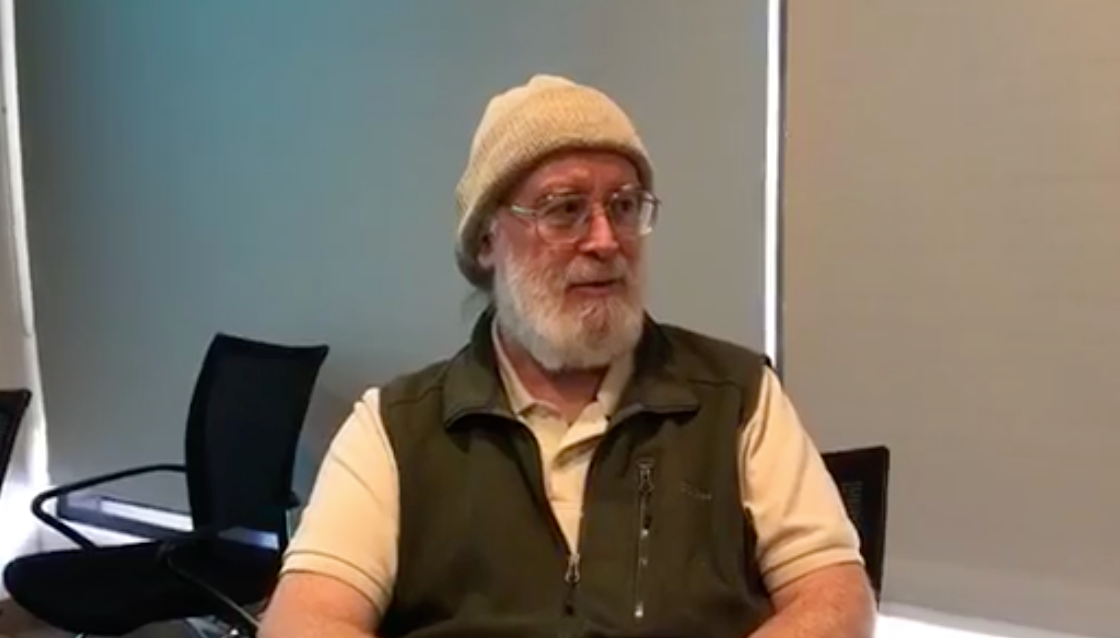 Facebook Live
Facebook LiveLast week’s Facebook Live event from the SETI Institute featured SETI Institute scientist Laurance Doyle. Laurance’s main area of study is the formation and detection of exoplanets, but he is also very interested in communications theory and has written about how patterns in animal communication relate to humans, and potentially, extraterrestrial communications.
All SETI Institute Facebook Live videos can be found on our Facebook page.
 Big Picture Science
Big Picture ScienceLast week, new Skeptic Check episode, Rational Lampoon explored the idea of group-think and includes a conversation with SETI Institute scientist Laurance Doyle. This week, Frog’s Pants wondered just what is life?
- Astronomy on Tap, July 25, San Francisco, CA Free events that feature accessible astronomy presentations. Franck Marchis will discuss the Laser SETI project and the upcoming solar eclipse.
- Starship Congress 2017, August 7-9, Monterey, CA. A conference that explores pathways to allow human exploration of the galaxy. Franck Marchis will give a presentation.
- California Academy of Sciences Astronomy Lectures, September 11, San Francisco, CA Matt Tiscareno will about the end of the Cassini mission and the science of its grand finale.
- StarTalk Radio, September 16-17, Seth Shostak will guest host this Neil deGrasse Tyson radio program that explores science, pop culture and comedy.
The Carl Sagan Center Activity Report for May 2017 is out and can be downloaded here The SETI Institute scientists have had a busy spring and here are some highlights:
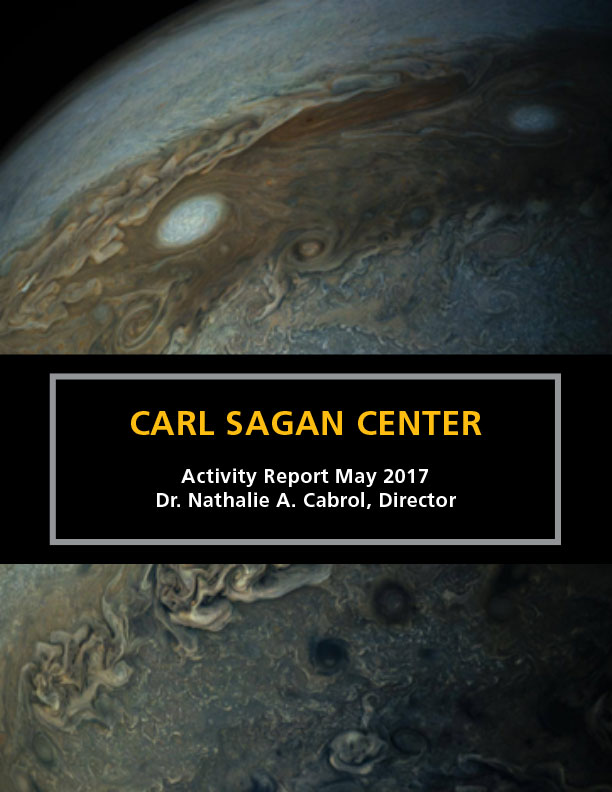
- 19 papers accepted or published in peer-reviewed journals such as The Astronomical Journal, Icarus and The Astrophysical Journal
- SETI Institute scientists participated in conferences and events including the International Planetary Dunes Workshop, the Conference on Environmental Systems, the Planetary Defense Conference and the American Astronomical Society’s Division on Dynamical Astronomy Meeting
- SETI Institute experts wrote for or were interviewed by popular media including The Verge, Newsweek, Time and NBC News
- Public speaking events included presentations to students at several middle and high schools, appearances at Caltech and Stanford University and a talk at Denver Comic Con
- Facebook Live events in May visited Janice Bishop's minerology lab, joined Franck Marchis and Michael Busch at the Planetary Defense Conference in Tokyo and also went to Namibia with Bill Diamond. All our Facebook Live event videos can be viewed on the SETI Institute Facebook page.





